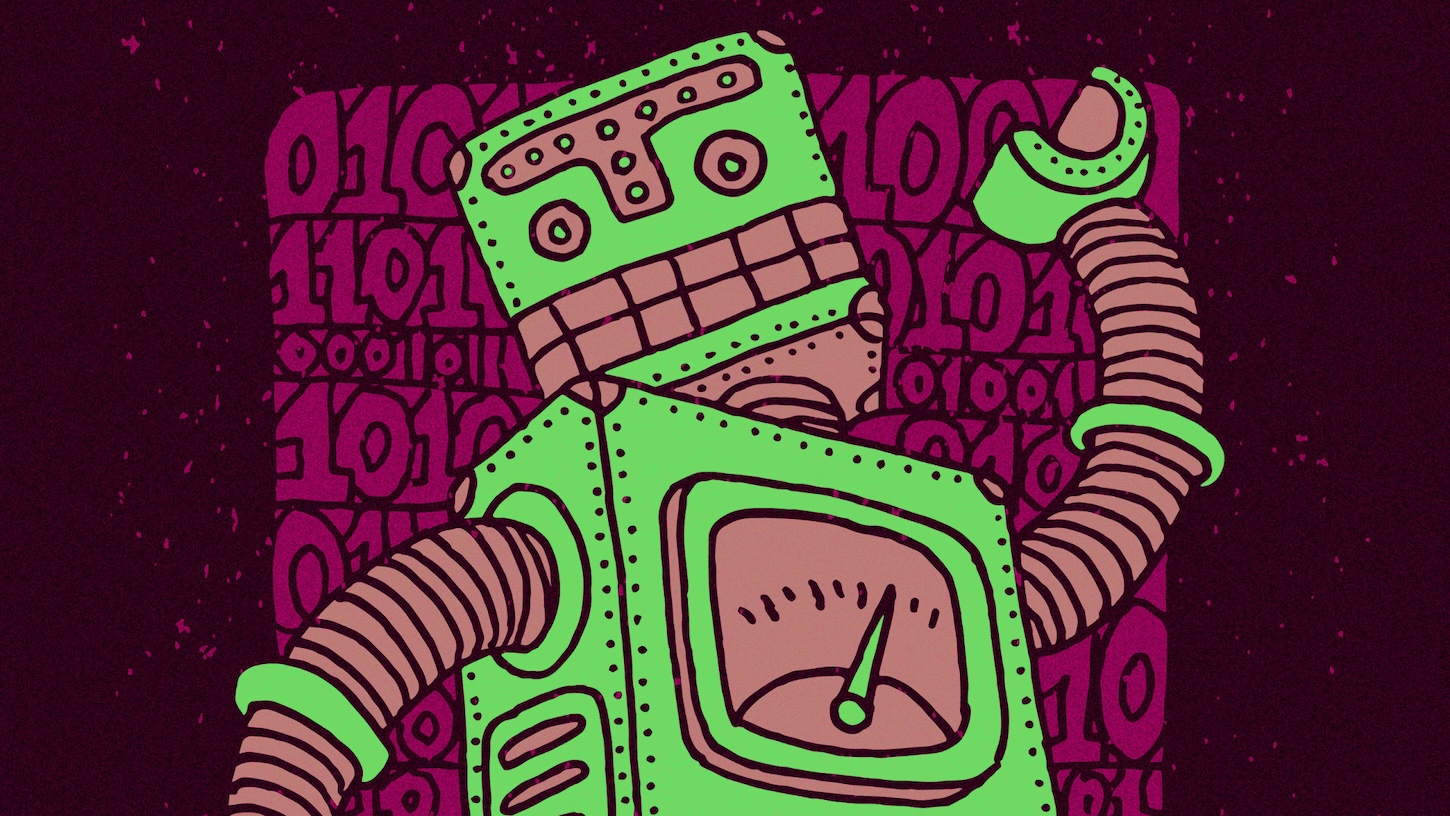Notable Recognition
Distinguished Achievement Awards for Strategy | 2023 Shortlist
Thinkers50
100 Most Influential People in Technology
Ziff-Davis Enterprise
3x Winning Founder and CEO
Technology Fast 50 | Technology Fast 500™
Deloitte
3x WSJ Bestselling Author
REINVENT (#1), Everything Connects (#2), LIFT (#1)
2023 Top Thought Leader
2014 Top 100 Thought Leader
TAA-TWA
“Mr. Convergence”
CIO Quarterly
Leaders to Watch
American Management Association
Bestselling Author of REINVENT
#1 Wall Street Journal
#1 Amazon
#1 Barnes & Noble
2024 Axiom Business Book Awards
Gold Medalist in Business Disruption/Reinvention
2024 NABE Pinnacle Achievement Awards
Best Business Book
2024 Soundview Business Book of the Year Shortlist
2024 Book Excellence Award Winner in Business
2023 INDIES Book of the Year Finalist
Foreword Reviews | Business & Economics
2024 Independent Press Awards
Business Category
13th Annual 2023 Globee® Awards for Business
2023 Best Business Book | Silver Winner
Feathered Quill Book Awards
2024 Silver Award | Business/Informational Category
2023 Global EBook Awards
Best Business Book | Gold Winner
The 21st Annual American Business Awards®
2023 Best Business Book of The Year | Silver Stevie Winner
2023 American Book Fest Best Book Awards Winner
in the Business: Management & Leadership Category
Best Indie Book Award®
International Literary Award | 2023 BIBA® Non-Fiction: Business Winner
14th Annual Awards | American Books Fest
2023 International Book Awards
IBA Best Business Book in the Category of Business: Management and Leadership
PenCraft Seasonal Book Award
2023 Summer Best Book | Business/Finance
2023 Independent Author Network
Book of the Year Awards Finalist | Business/Sales/Finance
Bestselling Author of LIFT
#1 Wall Street Journal
#111 USA Today Combined List
#1 Amazon
#2 Barnes & Noble
2023 Readers Favorite Book Awards
Gold Medalist in Business/Finance
2023 Axiom Business Book Awards
Gold Medalist in Independent Thought Leaders
2023 Nautilus Book Award
Silver in Business and Leadership
2023 Book Excellence Award Winner in Leadership
PenCraft Seasonal Book Award
2023 Spring’s Best Book | Business/Finance
PenCraft Seasonal Book Award
2023 Winter’s Best Book | Business/Finance
14th Annual Awards | American Books Fest
2023 International Book Awards
IBA Finalist in the Category of Business: Management and Leadership
American Book Fest
2022 Best Business Management and Leadership Book
Globee Awards
2022 Publication of the Year | Best Business Book
Stevie International Business Awards
2022 Publication of the Year | Best Business Book
Best Indie Book Award®
International Literary Award | 2022 BIBA® Non-Fiction: Business Winner
2022 INDIES Book of the Year Finalist
Foreword Reviews | Business & Economics
Bestselling Author of Everything Connects
#2 Wall Street Journal
#77 USA Today Combined List
#1 Amazon
#1 Barnes & Noble
Globee Awards
2023 Publication of the Year | Best Business Book
2023 Book Excellence Award Finalist in Business
2023 American Book Fest Best Book Awards Finalist
in the Business: Management & Leadership Category
2023 American Book Fest Best Book Awards Finalist
in the Business: Motivational Category
One of the 12 Business Books You Will Need to Read in 2014
Adam Grant, Wharton Professor, New York Times Bestselling Author of Give and Take
The Power of Convergence
One of the Best Business Books of 2011
800CEOREAD, CIO Insight
Winning the 3-Legged Race
Top 5 Transformation Books
CIO Insight
Sustained Innovation
Editor’s Picks: The 10 Best Business Books of 2007
CIO Insight
















